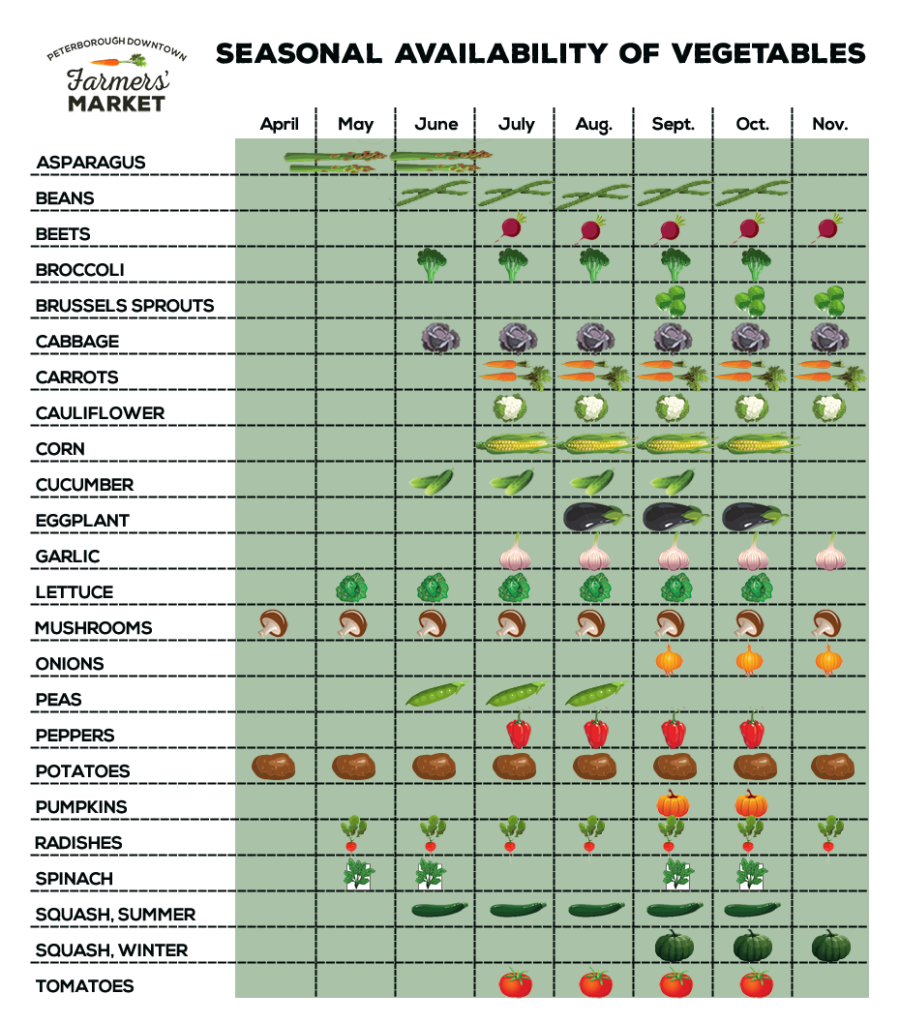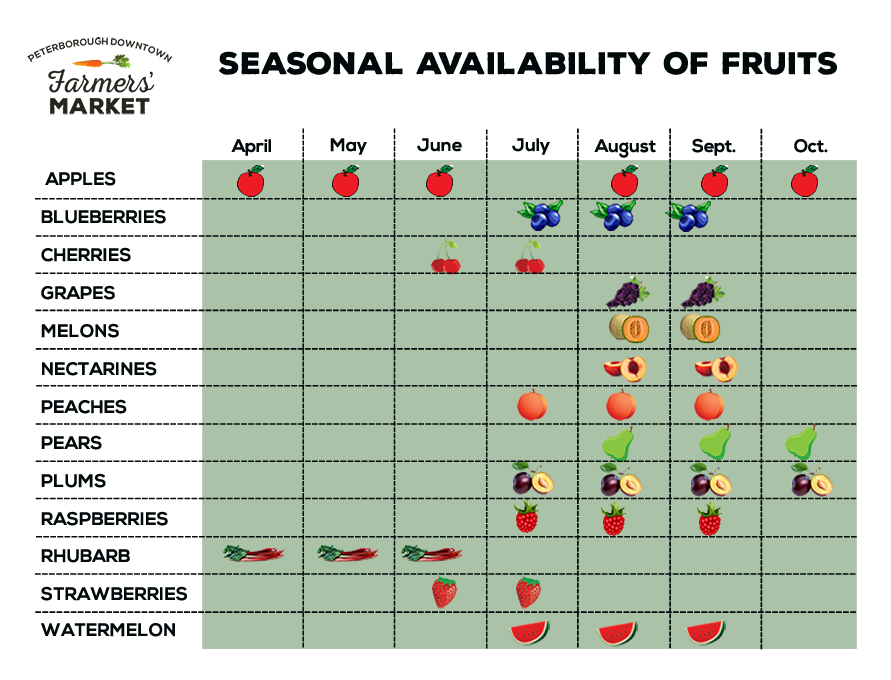Local food is available year round. You just need to know a bit about farming to understand what to expect!
Eggs: Farms with laying hens can produce eggs year-round, although small farms may have eggs only seasonally. Farms with “quota” are larger and do produce eggs year-round, shipping most of them to processing plants. Eggs can be sold directly to consumers only at the farm gate – unless they are “graded”. If graded, they can be sold anywhere – at farmers’s markets, to stores and restaurants and at the farm gate.
Dairy products: Dairy farms are milking 12 months of the year. The milk from local dairy farms goes to the closest processing plant available. So if you buy milk from a local dairy, or cheese from a local cheese company, you are buying a product that has originated in the local area.
Maple Syrup and Honey: Maple syrup is made in the spring. Once bottled, it lasts all year – until the supply runs out. Every year, the amount of syrup made depends on the weather during syrup season. So don’t wait until January to grab some! Honey is harvested in the fall. The amount harvested locally varies from year to year so, once again, it is first come first served.
Meat: Every kind of meat you can think of is produced in our area, and it is available frozen year-round. Fresh meat may also be available by special request at some farms, but usually is more accessible through a local butcher shop that buys from local farms. You can ask a farm whether their product is available in local stores or butcher shops, and which ones. Be sure to ask the butcher or store for specific information on the source of the product, if you want to be sure you are buying locally-produced meat.
Fruits and vegetables: In our climate, fresh fruits and vegetables are plentiful in the growing season. There are also some vegetables that “keep” over the winter and are available until they run out – potatoes, garlic, carrots, turnip, beets and other “root crops” can be found at the market most months of the year. Some local farms are also “extending” their season for greens and other products – using greenhouses and other creative solutions that make it possible to grow when it is cold outside.
However, don’t forget that fruits and vegetables can be preserved and eaten year-round. That’s where you and small local processors come in! Foods can be dried, frozen, canned and preserved in a variety of ways that help make winter meals a real treat.
The following resources tell you when to expect fresh products to be available from local farms. Stock up when you can!


To learn more about seasonality of foods throughout Ontario visit Foodland Ontario’s Availability Guide